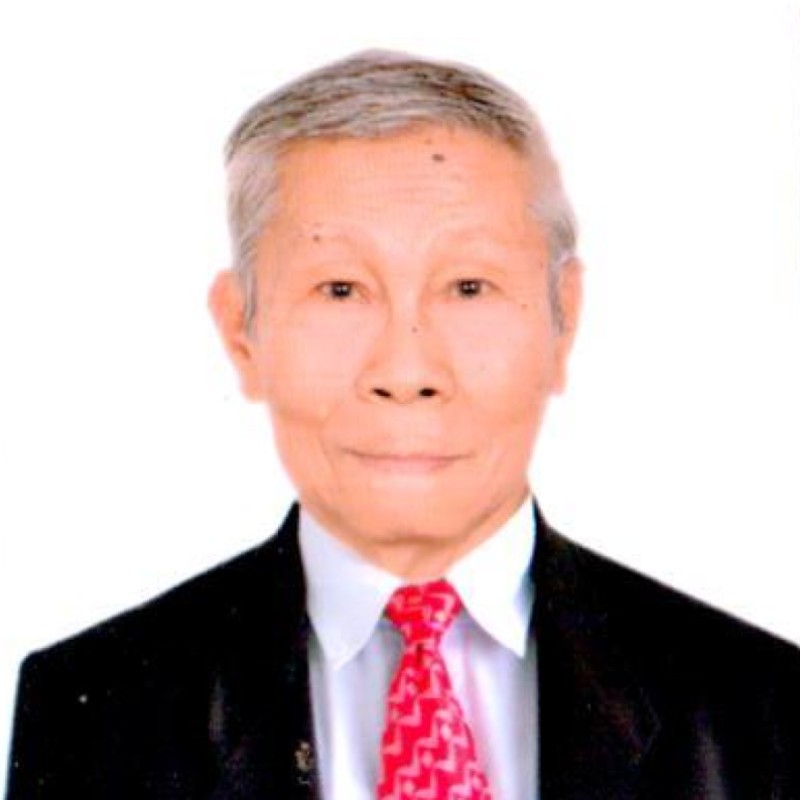GLIMPSES & GAZES
By Severino C. Samonte
Reminiscing on July-August 1972, 2023 typhoons and floods
Share
The aerial inspection and personal visit made by President Ferdinand R. Marcos Jr. (PBBM) to the flood-hit Central Luzon provinces of Bulacan and Pampanga on Aug. 7 made me recall an almost similar incident 51 years ago involving his late father, former President Ferdinand E. Marcos Sr., more popularly known by his two-letter monicker FM.
I said the two events were nearly similar because of the circumstances, although they actually happened five decades apart. Both occurrences involved destructive typhoons and flooding and the country's 10th and 17th presidents, FM and BBM, respectively.
In July-August of 1972, a series of strong weather disturbances with heavy rains hit a wide area of Luzon, including the present Metropolitan Manila or National Capital Region, then still called Greater Manila Area or GMA.
At that time, this writer was the night deskman of the Philippine News Service (PNS) and in-charge of collating daily news from the country's then 73 provinces, 60 cities and 1,554 municipalities. PNS was the forerunner of the present Philippine News Agency or PNA.
The present Philippine Atmospheric, Geophysical and Astronomical Services Administration (PAGASA) was still called the Weather Bureau.
An average of 20 cyclones used to visit the Philippines annually. They were given Filipino feminine names such as Auring, Bising, Dading, Edeng, Gloring, Heling or Huaning, Isang or Ising, Meding, Reming, Sening, Welming, Yoling, etc.
Unlike today, there were only three cyclone signals then. These were: No. 1, which was raised for a storm the moment it entered the Philippine Area of Responsibility (PAR) and given its name; No. 2, and No.3, the maximum.
Stories collated by me from the PNS correspondents showed there was heavy flooding in Central, Northern and Southern Luzon provinces, particularly Bulacan, Pampanga, Bataan, Zambales, Nueva Ecija, Tarlac, Pangasinan, Rizal, Laguna, Batangas, Cavite, and Quezon.
In some Central Luzon provinces, people were forced to stay on their rooftops for several days while waiting for the floodwaters to subside. Helicopter crews from the Philippine Air Force (PAF) had to drop their daily food and other needs from the air.
In Manila and adjacent cities, major thoroughfares like Rizal, Recto and Taft Avenues, Quezon Boulevard, Espana, and even E. Delos Santos Ave. (EDSA) became full of potholes, and difficult for motorists to traverse after remaining underwater for over a month.
According to the then Weather Bureau, the rains of July-August 1972 were the heaviest in the country since 1911.
PNS correspondents from Dagupan City and Lingayen, Pangasinan reported that then President Marcos did not only visit the flooded areas. He even set up a camp there to monitor closely the relief and recovery operations being undertaken by the national and local governments.
The elder Marcos even narrated his experience in that flood in his book, "The Democratic Revolution in the Philippines" published by the Marcos Foundation Inc. in 1977. He wrote:
"The floods of July and August (1972) which inundated almost all of Central Luzon, including Manila, compelled me to proclaim a state of emergency as several casualties were reported. The destruction of the road system and the levees, rivers, dikes and flood control system throughout the big plains with an area of about 200 kilometers by 100 kilometers shifted our attention to the immediate and urgent requirements of survival and rescue. The emergency required my immediate departure for the field and my stay there for several months."
On the part of PBBM, he made an aerial inspection of Bulacan and Pampanga after the onslaught of Super Typhoon Egay and Tropical Storm Falcon from July 24 to 27 and from July 29 to Aug. 1, respectively.
The President and some members of his Cabinet sat down later with local officials of the two provinces to discuss long-term and permanent solutions to the perennial problem of flooding in the Central Luzon region.
Comments
About the Columnist

He began his journalistic career by contributing to the Liwayway and Bulaklak magazines in the 1960’s. He was the night editor of the Philippine News Service when Martial Law was declared in September 1972. When the Philippine News Agency was organized in March 1973, he was named national news editor because of his news wire service experience.
He retired as executive news editor in 2003. He also served as executive editor of the Malacanang-based Presidential News Desk from 1993 to 1996 and from 2005 to 2008.
